
Immunotherapy is an intervention which uses an individual’s own immune system to manage diseases.1 Such is achieved by stimulating natural defenses found within the immune system to optimize an efficacious or desirable response to damaged cells, tissues, or the presence of pathogens.1,2
Within the last decade, immunotherapy has shown promise in treating immune-related conditions such as asthma, cancer, diabetes, and inflammatory bowel disease.3 One particular botanical thought to help achieve the same is Astragali Radix via modulating multiple immune system targets. As a means of appreciating the utility of Astragali Radix, and its effects upon immune support, the following will consider the same in greater detail.
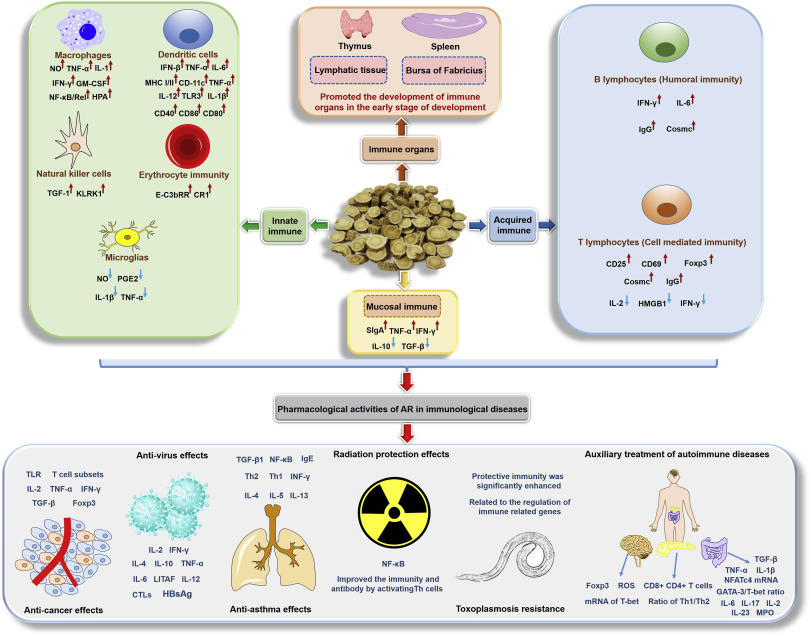
Astragali Radix, or Astragalus membranaceus, is a root-based botanical which has been widely used in many countries to include Korea, Japan, Iran, Russia, USA, and China dating back as early as 221 BC.3(1) Since then, astragalus has been produced in many different forms to include teas, powders, capsules, and liquid extracts and contains in excess of 100 isolated and identified compounds.3(2)
Such compounds would include polysaccharides, flavonoids, and saponins; constituents of astragalus also deemed to be the most bioactive in the human body.3(2) Having briefly considered the history and bioactive constituents of said botanical, the following will consider the effects astragalus has on immune system components in greater detail.
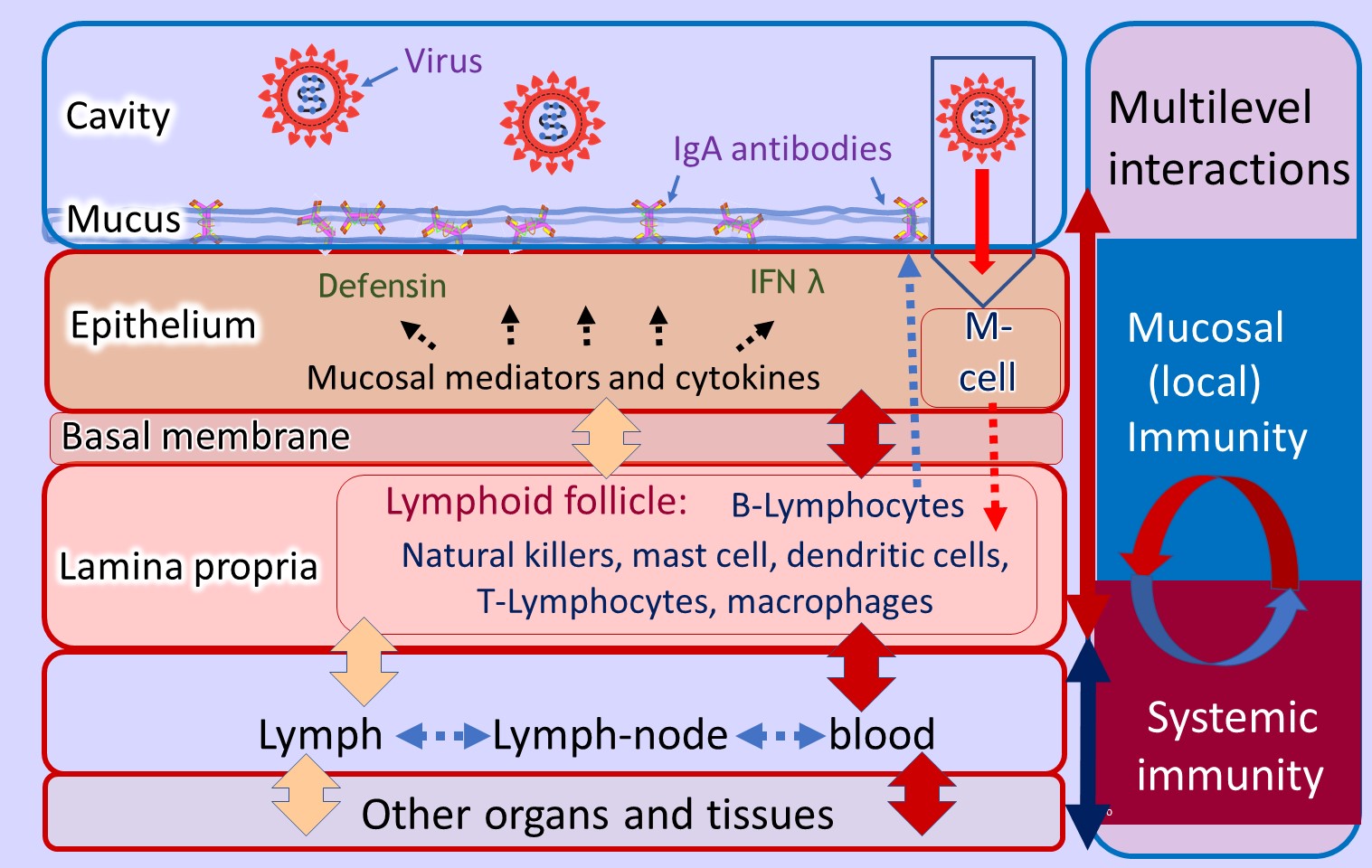
The mucosal immune system, also known as lymphoid tissue, is distributed within the exocrine glands, respiratory tract, urogenital tract, and gastrointestinal tract.3(6) Lymphoid tissue exerts its immune-regulating effects by secreting immunoglobulin A (an antibody), producing cell-mediated cytotoxicity (kills cells), and releasing regulatory cytokines.3(6)
Chen et al3(6) stated that such functions of lymphoid tissue were upregulated in immunosuppressed rat models after the introduction of high molecular weight astragalus polysaccharide. Furthermore, said study also noted up-regulation of interferon gamma, or IFN-γ, (a cytokine critical in both innate and adaptive immunity) as well as tumor necrosis factor-alpha, or TNF-α, (a cytokine which induces inflammation and kills cells), and interleukin-10, or IL-10, (an anti-inflammatory cytokine).3(6)
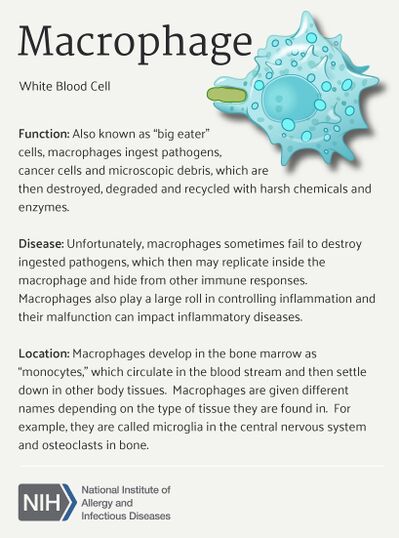
Macrophages are immune cells, which consume and destroy pathogens and dead cells; a vital component of the innate immune system.3(7) Interestingly, Chen et al3(7) cited a study whereby rats were injected with polysaccharides isolated from astragalus. Within said study, 100 mg/kg of said polysaccharides was injected into rats each day over a 6-day period.
When macrophage activity was assessed, statistically significant increases in phagocytosis (i.e., macrophages engulfing and destroying cells/pathogens) was observed compared to baseline activity.3(7) Other notable changes from the injection of polysaccharides included increased nitric oxide production within macrophages; a process which enhanced the engulfment and destroying effect of said phagocytic cells.3(7)
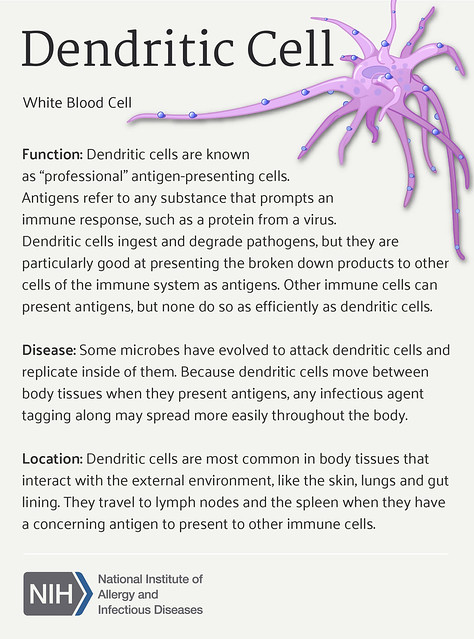
Astragalus polysaccharides also has an influential and beneficial effect upon dendritic cells, which have a critical role within the immune response.3(7) Dendritic cells present antigens to T cells of the immune system, acting as a liaison between the innate and adaptive immune systems. Chen et al3(7) indicated that astragalus facilitated the maturation and survival time of dendritic cells in patients with leukemia.
Furthermore, astragalus also enhanced natural killer cell (NKC) activity; lymphocytes best known for destroying virally infected cells and cancer cells.3(7) NKCs are lymphocytes in the same family of T and B cells, except NKCs are a part of the innate immune system.3(7) When astragalus radix was introduced to NKCs, said lymphocytes’ proliferation and killing activity increased, as was seen when rats with gastric cancer were injected with 100, 200, and 300 mg/kg/day doses over a 5 week period.3(7)
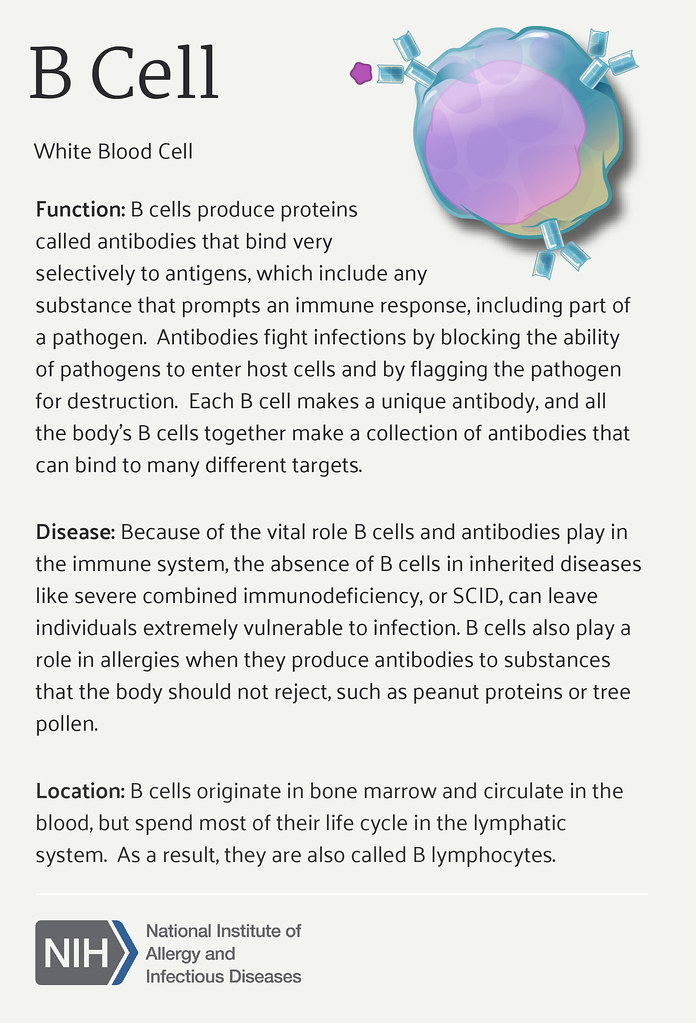
Adaptive immunity also appears to experience favorable changes from exposure to astragalus polysaccharide. B lymphocytes are white blood cells which produce antibodies to specific antigens. Chen et al3(8) stated that 62.5-7.813 mcg/ml of said botanical significantly up-regulated B lymphocytes in-vitro. The effects of astragalus polysaccharide can also be observed by their effects upon antibody activity and concentrations.
Chen et al3(8) cited a study whereby rats infected by Listeria monocytogenes (a foodborne, gram positive bacteria) experienced an up-regulation of antibodies (IgG) to protect said hosts from intracellular bacterial infection, when exposed to astragalus. Finally, other studies considered the effects of astragalus on foot and mouth disease progression in pigs; when combined with a vaccine for said disease, expression for interleukin-6, or IL-6 (contributes to host defense via hematopoiesis, acute phase responses, and immune reactions) and IFN-γ both increased.3(8)
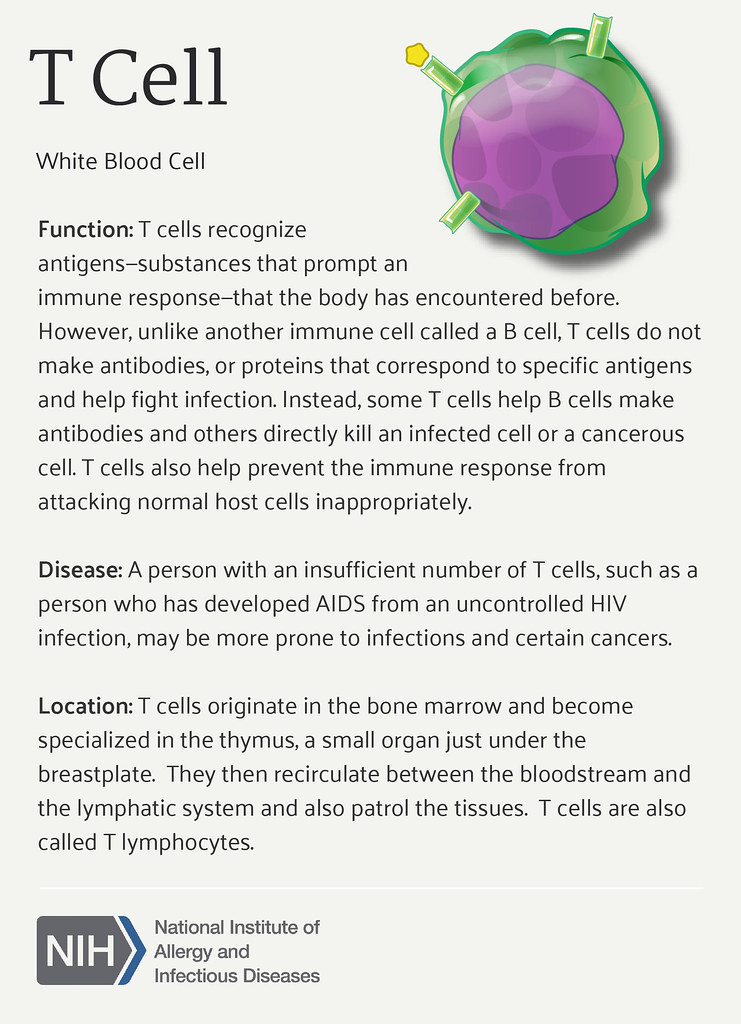
T lymphocytes, a critical component of adaptive immunity, are essential in host defense and emanate from bone marrow. T lymphocytes have two subtypes with separate functions; CD4+ and CD8+ cells.3(8) CD4+ cells assist in producing an immune response while CD8+ cells have inhibitory, or supressing, effects upon the same. As such, a delicate balance must exist between the aforementioned T lymphocytes to maintain homeostasis of the immune system.3(8)
When 4-week old Yorkshire pigs were administered 5-20 mg/kg of astragalus polysaccharide increased the number of CD3+, CD4+, CD8+ memory T cells (expedites immune response if same pathogen re-enters the host) as well as increases in CD3+, CD4-CD8+ cytotoxic T cells.3(8) Other studies indicated that astragalus polysaccharide tended to enhance the CD4+/CD+ ratio in addition to reducing reactive oxygen species (can damage cell walls and tissues) while down-regulating neutrophil activity in Aeromonas hydrophila-infected mice.3(8)

In conclusion, immunotherapy is an intervention which uses an individual’s own immune system to manage disease and pathogenic changes. Such is achieved by stimulating natural defenses found within the immune system to optimize an efficacious or desirable response to damaged cells, tissues, or the presence of pathogens. One potential intervention, supported by in-vitro and animal studies, could be through the administration of astragalus and its bioactive constituents. Ultimately, such an approach could serve as an adjunct, or possible replacement, to standard pharmaceutical therapies.
References
1. Immunotherapy: Treatment and Support. American Cancer Society website. https://www.cancer.org/treatment/treatments-and-side-effects/treatment-types/immunotherapy/what-is-immunotherapy.html. Accessed July 23, 2020.
2. Reisner EG, Reisner HM. An Introduction to Human Disease: Pathology and Pathophysiology Correlations. 10th ed. Burlington, MA: Jones & Bartlett Learning; 2017.
3. Chen Z, Liu L, Gao C, et al. Astragali Radix (Huangqi): A promising edible immunomodulatory herbal medicine. J Ethnopharmacol. 2020;258:1-18. doi: 10.1016/j.jep.2020.112895.
-Michael McIsaac
